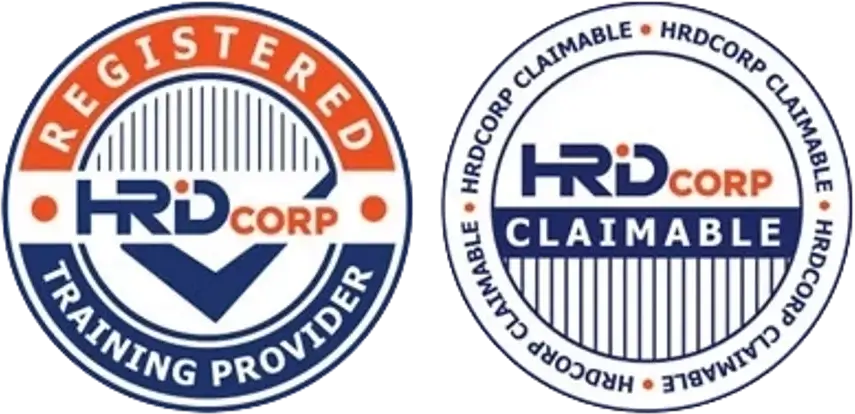Can One HACCP Plan Cover Multiple Product Lines?
Running multiple product lines in the same facility is common — but should you use one HACCP plan for all of them?
The answer? 👉 It depends.
Let’s break down when a single HACCP plan is acceptable, and when you need to develop separate plans — especially if you’re aiming for HACCP certification, ISO 22000, or FSSC 22000 compliance.
✅ When Can One HACCP Plan Cover Multiple Products?
You may combine multiple product lines into one HACCP plan if the following apply:
-
Products are similar in raw materials, processing steps, and hazards
-
Equipment and production layout are shared and identical
-
Packaging types and shelf-life profiles are nearly the same
-
Intended use and target consumers are similar (e.g., ready-to-eat snacks)
-
The hazard analysis shows no significant variation between products
-
The same CCPs and monitoring systems apply to all products
-
Auditors and authorities agree the plan is sufficiently detailed
🛑 When You Should NOT Use One HACCP Plan
-
Products have different processing steps (e.g., baking vs. boiling)
-
Ingredients, allergens, or critical hazards differ across lines
-
There’s cross-contamination risk due to shared lines or equipment
-
CCPs vary significantly (e.g., one needs metal detection, the other doesn’t)
-
Products serve different end uses (e.g., raw vs. ready-to-eat)
-
You export to countries with product-specific HACCP requirements
-
Staff confusion during implementation or monitoring
-
Auditors flag lack of product-specific documentation or clarity
📄 Example Scenarios
✅ One Plan Is Acceptable:
-
Five biscuit products using different flavors but the same recipe and process
-
Pack sizes differ, but production flow, hazards, and CCPs remain unchanged
❌ Separate Plans Needed:
-
One line for raw marinated chicken, another for fully cooked frozen meals
-
The kill step, shelf-life, hazard level, and regulatory standards differ
-
Cross-contact between allergens requires unique controls for each line
🧠 Key Considerations for Combining HACCP Plans
1. Hazard Analysis Must Be Thorough
-
Evaluate biological, chemical, physical hazards for each product
-
Justify why one hazard analysis applies to multiple lines
2. Process Flow Diagram Must Reflect All Products
-
Use common flow diagrams only if steps are 100% the same
-
Highlight any decision points or variations in processing
3. CCPs Must Be Validated for All Products
-
Ensure critical limits apply equally to all products covered
-
Validate with scientific evidence or historical data
4. Documentation Must Be Clear
-
State exactly which products are included
-
Use annexes or attachments if needed for product-specific notes
5. Staff Must Be Trained on the Scope
-
Avoid confusion during monitoring or audits
-
Everyone must know what’s covered and what’s not
🔍 What Do Certification Bodies Look For?
-
A risk-based justification for combining products
-
Evidence of consistent hazard control across all lines
-
No gaps in monitoring, verification, or validation
-
Product traceability and recall procedures that cover all lines clearly
-
Staff competency in multi-product implementation
📌 Final Thoughts
So, can one HACCP plan cover multiple product lines?
✅ Yes — but only if the products, processes, and risks are almost identical
❌ No — if differences in ingredients, hazards, CCPs, or customers increase risk or confusion
Bottom line: It’s not about how many products you have.
It’s about how well your HACCP plan controls risk and stays clear, validated, and effective.
💼 Not sure if your current HACCP plan covers everything it should?
At CAYS Scientific, we help food manufacturers:
✔️ Conduct product-specific hazard analysis
✔️ Design HACCP plans that meet ISO, GMP & FSSC 22000
✔️ Streamline multi-line compliance & team training
📞 Contact us today for a HACCP health check — before your next audit.




